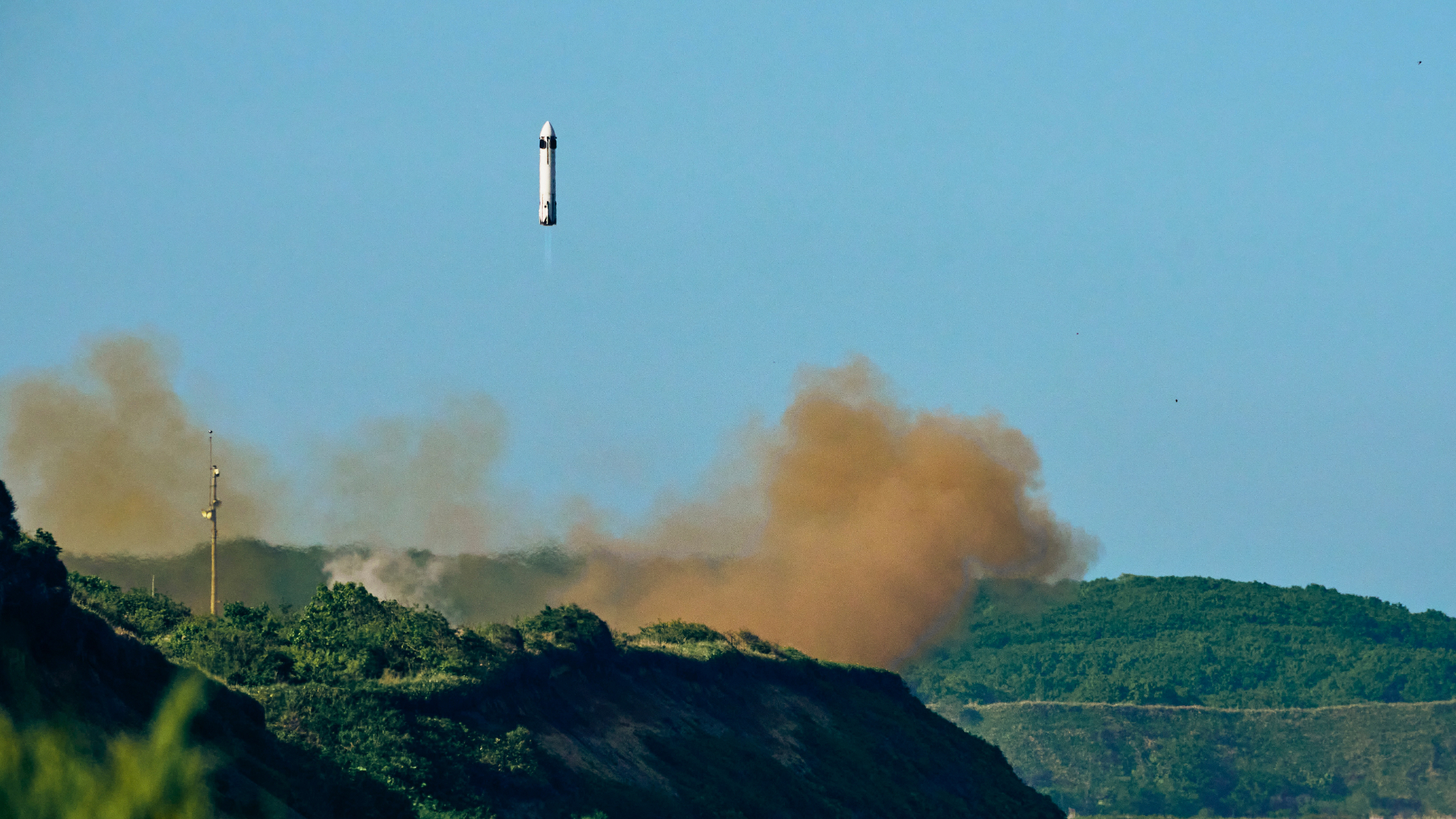Snapshot: Shimmering Nebula Caught in Scorpion's Claw
Gripped inthe claw of the constellation Scorpius (the Scorpion), the reflective nebula DG129 twinkles in a new image taken by NASA's Wide-field Infrared SurveyExplorer.
The WISE space telescope provides an infrared view of the reflectionnebula ? so-called because the cloud of gas and dust reflects light from nearbybright stars.

Also visiblein the image is a luminous star on the right, shrouded in a greenish fog. Thisstar, called Pi Scorpii, marks one of the claws in the Scorpius constellation. Thestar is actually a triple-star system that is located approximately 500light-years away from Earth.
In visiblelight, this portion of the sky would appear somewhat unremarkable. But ininfrared light, the shimmering nebula is revealed. DG 129 was firstcatalogued in 1963 by a pair of German astronomers named Johann Dorschner andJosef G?rtler.
This imageis just one piece of a massive sky atlas that the WISE space telescope isassembling. The spacecraft, which launched in December 2009, completed its mainmission of scanning the entire sky in infrared light earlier in July.
In thattime, the telescope captured more than 1.5 million images, uncovering hundredsof objects, including asteroids, stars and galaxies.
WISE relieson super-cold liquid hydrogen coolant to chill its infrared detectors, but inAugust, NASA reported that the telescope's secondary coolant tank is depleted, causingit to heat up slightly.
Breaking space news, the latest updates on rocket launches, skywatching events and more!
The colorsused in the DG 129 image represent different wavelengths of infrared light. Thephoto was constructed from frames that were taken after WISE depleted itssupply of coolant.
After thetelescope warmed from minus 438 degrees Fahrenheit (minus 261 degrees Celsius)to minus 404 degrees F (minus 242 degrees C), its detector that is sensitive to22-micron light became too warm to produce good images. The three shorterwavelength detectors, however, continue to beam back over 7,000 pictures of thesky per day.
In thisimage, blue represents infrared radiation at 3.4 microns, green representslight with a wavelength of 4.6 microns, and red represents 12-micron infraredlight.
In May, a NASA panel rejected a proposal to extend WISE'smission for an additional three months.
- Gallery: WISE Up: Space Telescope'sStunning First Photos
- Spectacular Nebulas in Deep Space
- Prolific NASA Sky-Mapper Finds 25,000Hidden Asteroids
Join our Space Forums to keep talking space on the latest missions, night sky and more! And if you have a news tip, correction or comment, let us know at: community@space.com.

Denise Chow is a former Space.com staff writer who then worked as assistant managing editor at Live Science before moving to NBC News as a science reporter, where she focuses on general science and climate change. She spent two years with Space.com, writing about rocket launches and covering NASA's final three space shuttle missions, before joining the Live Science team in 2013. A Canadian transplant, Denise has a bachelor's degree from the University of Toronto, and a master's degree in journalism from New York University. At NBC News, Denise covers general science and climate change.
